Faraday Future’s FFZERO1 1,000 Horsepower Concept Car
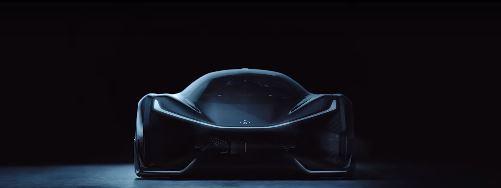
Faraday Future — the California-based electric car company that’s been operating in secret for the past year and a half — made huge waves in the automotive world during the recent Consumer Electronics Show when they unveiled the FFZERO1 (not to be confused with the Nintendo game), a high-performance concept supercar. The sleek machine looks more appropriate for a race track or the next Batman movie than a city street thanks to it’s distinctive body design and purported 1,000 horsepower, 0-60 time under three seconds, and a top speed of well over 200 miles per hour. Of course, those are actually just theoretical numbers since this car is a concept/prototype while the company teases that it could perhaps see “limited production.”
The design has a glass roof, which give both the driver and onlookers a clear view of the white carbon fiber interior and some of the car’s unique design choices such as the smartphone mount in the center of the steering wheel, the “Halo” (again, nothing to do with videogames) Safety System that apparently is made to support the driver’s head and neck while a helmet feeds the driver water and oxygen. The instrument panel is also designed to gather biometric data about the driver. Talk about a brave new world and the melding of human and machine.
That kind of flexibility is important: Faraday has hinted at operating under an unusual business model, where users would “subscribe” to a plan that gives access to autonomous vehicles of different types depending on their needs. A subscriber could request a cargo vehicle on one day, for instance, and a sporty sedan on the next.
Reporters were allowed a sneak peek into Faraday Future’s Southern California headquarters in November, where they experienced a version of the car in virtual reality on a simulated racetrack, which the designers also use in their studio design process. At CES, the company has Oculus Rift headsets programmed to show off FFZERO1’s performance, which comes courtesy of separate motors at each wheel.
“We’re working with the biggest and best battery cell suppliers in the world and working with them to design the architecture and battery packs, which will be done in house, in a way similar to the Tesla model,” Sampson says. “They work with Panasonic, but the packs are all done by Tesla. We are designing our own packs and our own control systems.” Faraday declined to disclose who its cell suppliers are, however.
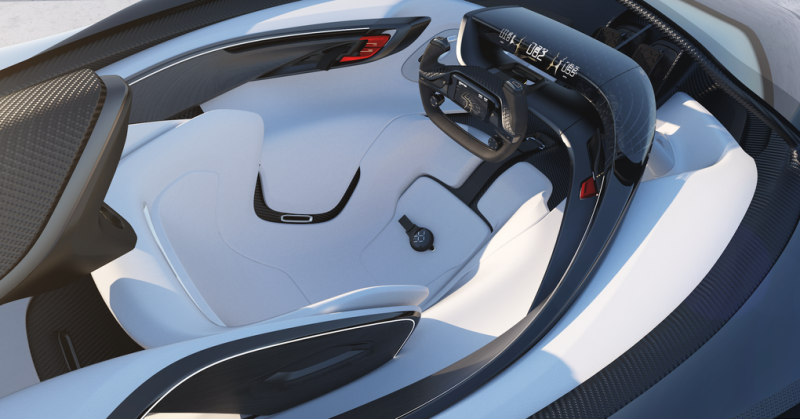
The source of Faraday’s obviously substantial funding has been a mystery, but that’s finally coming into focus this week, too: the company has announced a strategic partnership with Chinese media firm LeTV, headed by billionaire Jia Yueting, who Forbes has reported to be the primary investor in the company’s new $1 billion, 3 million-square-foot factory. “We are two separate companies, but we are leveraging their expertise with technology and content,” Morris says of LeTV, while touting Faraday’s “diverse funding strategy.”
“We are going to have other sources of funding,” she says. “We see the main markets being the US and China, but it’s a global launch strategy. The way automakers need to enter the market is often through these joint partnerships, so our association with LeTV will be helpful in entering China.” LeTV, maker of smartphones, connected TVs, and media, could support Faraday Future’s efforts to develop content for consumption in autonomous cars, Morris says.
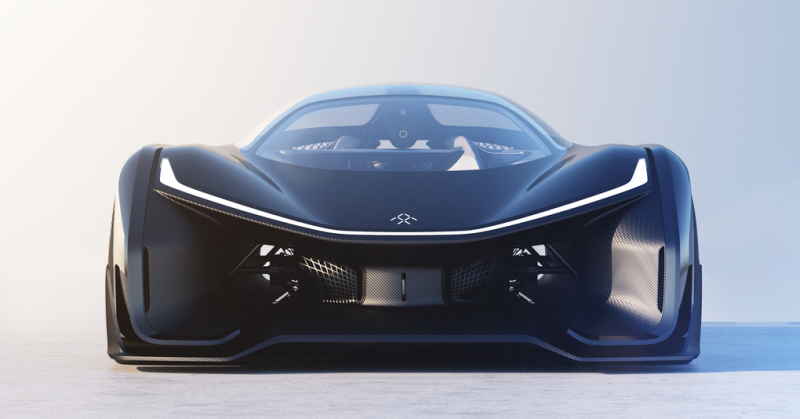
Faraday Future plans to break ground on the factory north of Las Vegas in the next few weeks, a futuristic space that the company sees as a tourist destination. “We are moving fast,” Morris says. “Showing a high-performance vehicle speaks to our DNA. The company’s been around for less than 18 months, and we’re now up to 550 employees in Southern California. Bringing a car to market, we’re trying to do it as quickly as possible, but we are going to make sure that quality is a priority.”
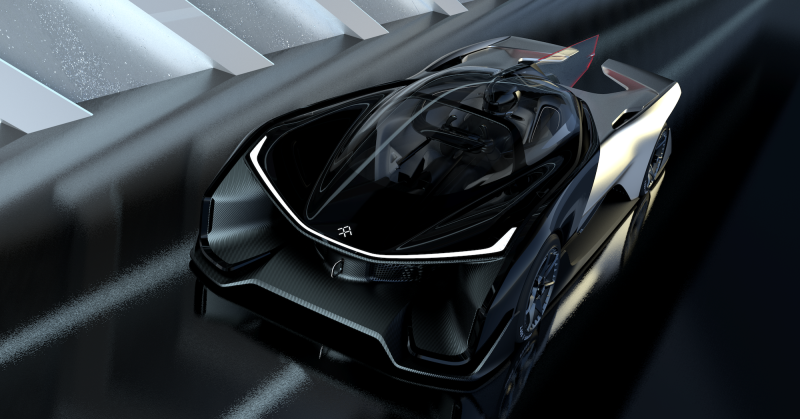
For now, the FFZERO1 gives Faraday a short bump of hype, but eventually, Sampson and team will have to deliver a real electric vehicle that people can actually buy — or subscribe to, as the case may be. The company hasn’t offered any updates on when the factory will be completed, but plans to launch an actual car “within the next couple years.”
More like this
-
 News
NewsVolkswagen Recall for 260K Cars Due to Fuel Pump Flaws
Read MoreVolkswagen, the automaker giant, has announced a recall for over 260,000 vehicles in the U.S. due to a potentially hazardous fuel pump defect. The action involves several popular VW and..
-
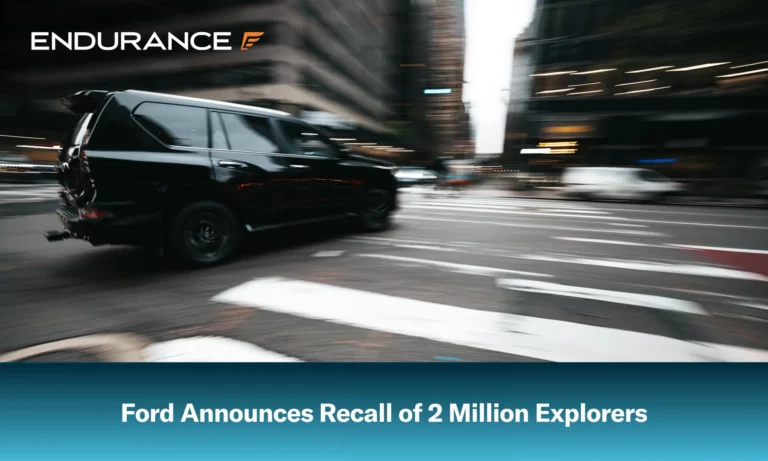 News
NewsFord Announces Recall of 2 Million Explorers Due to Trim Issue
Read MoreSome recent recall news from the Ford Motor Company has had some consumers raising their eyebrows. Specifically, a recall of two million Ford Explorer SUVs due to an underlying trim..
-
 News
NewsApple’s Autonomous Car Postponed Until 2028
Read MoreApple is confronting delays that have pushed its secretive self-driving electric car launch to 2028 at the earliest, according to a new report from Bloomberg. The postponement highlights Apple's mounting..





Alex has worked in the automotive service industry for over 20 years. After graduating from one of the country’s top technical schools, he worked as a technician achieving a Master Technician certification. He also has experience as a service advisor and service manager. Read more about Alex.